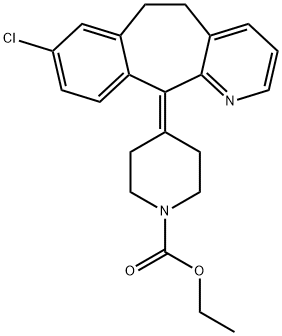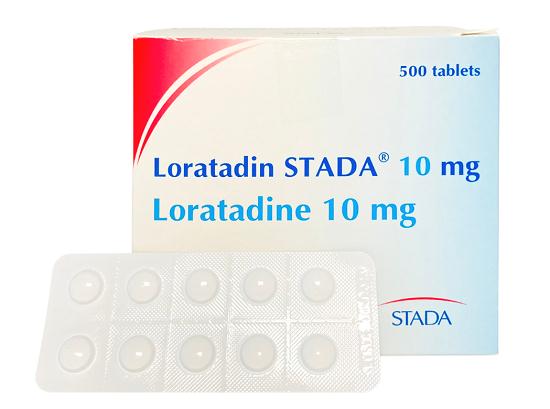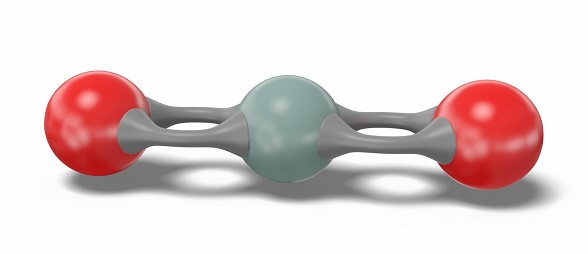New study shows loratadine's efficacy in allergic rhinitis and urticaria
General Description
Loratadine is a long-acting antihistamine with partial selectivity for histamine H1-receptors, demonstrating dose-dependent antihistaminic activity, wheal suppression, and protection against airway response to histamine challenges. It exhibits predictable and dose-proportional pharmacokinetics, with minimal clinical interactions and negligible effects on cardiovascular parameters. In therapeutic efficacy studies, loratadine showed superiority to placebo and comparable effectiveness to other antihistamines in alleviating symptoms of allergic rhinitis and urticaria. It also provided relief for pruritic symptoms in atopic dermatitis. However, its effectiveness in asthma treatment remains inconclusive. Overall, loratadine is a valuable option for managing allergic rhinitis and urticaria.
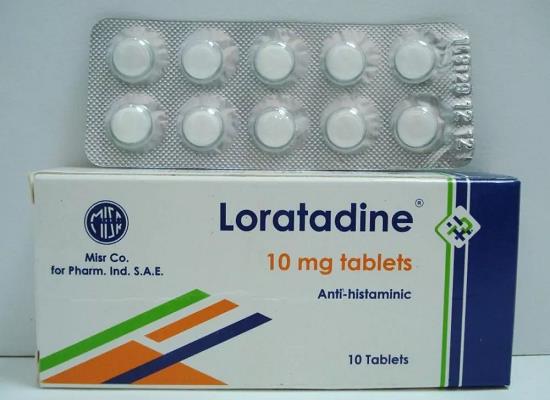
Figure 1. Tablet of loratadine
Antihistamine activity
Loratadine is a long-acting antihistamine with partial selectivity for histamine H1-receptors. In vitro studies have shown that loratadine has weak affinity for cholinergic receptors and n-adrenoceptors, and it does not exhibit anticholinergic effects in animal models. Human studies have demonstrated that the suppression of wheal response to intradermally injected histamine by loratadine is dose-dependent. Comparisons of various histamine H1-receptor antagonists in healthy volunteers indicate that loratadine exhibits intermediate activity. Its antihistaminic action, as measured by wheal and flare suppression, begins within the first hour and lasts up to 24 hours after administration. Moreover, loratadine has been shown to provide a protective effect on airways in patients with asthma when challenged with inhaled histamine. It has also demonstrated antiallergic activity in humans through cutaneous, nasal, and conjunctival provocation tests. However, loratadine does not attenuate early or late airway responses to inhaled allergens. When administered intravenously in guinea pigs or orally in healthy humans for up to 3 months, loratadine at therapeutic dosages did not exhibit significant EEG effects or impair psychomotor function. Additionally, it did not potentiate the depressant effects of alcohol. In summary, loratadine is a long-acting antihistamine that selectively targets histamine H1-receptors and demonstrates dose-dependent antihistaminic activity, wheal suppression, and protection against airway response to histamine challenges. 1
Pharmacokinetics
Loratadine, a second-generation antihistamine, is well absorbed after oral administration, reaching peak plasma concentrations of 24.3 to 30.5 Ilg/L within 1 to 1.5 hours following ingestion of a 40mg capsule. Both loratadine and its major active metabolite, descarboethoxyloratadine (DCL), exhibit dose-proportional pharmacokinetics after single and multiple-dose administration. Loratadine is highly plasma protein bound (97-99%) and has a large volume of distribution (119 L/kg). Distribution half-lives range from 0.9 to 1.0 hours. Loratadine is extensively metabolized by hydroxylation, with plasma elimination half-lives ranging from 7.8 to 11 hours in single-dose studies and a value of 14.4 hours at steady-state. Minimal amounts of loratadine appear in breastmilk, and haemodialysis has a negligible effect on its clearance. Inhibition of loratadine metabolism by certain drugs has little to no clinical significance. Additionally, elevated plasma concentrations of loratadine or DCL do not lead to adverse cardiovascular effects based on ECG parameter measurements. Overall, loratadine demonstrates predictable and dose-proportional pharmacokinetics with minimal clinical interactions. 2
Significant therapeutic efficacy
Loratadine has demonstrated significant therapeutic efficacy in the treatment of seasonal allergic rhinitis, perennial rhinitis, and chronic urticaria. In large comparative trials, short-term therapy with loratadine at therapeutic doses proved to be superior to placebo and as effective as other antihistamines such as azatadine, cetirizine, clemastine, and terfenadine. It was also found to be faster acting than astemizole and effective in relieving both nasal and non-nasal symptoms. Combination therapy with loratadine and pseudoephedrine was shown to further improve nasal symptoms associated with allergic rhinitis. In children and adolescents with seasonal allergic rhinitis, loratadine was as effective as other antihistamines in alleviating symptoms. Additionally, preliminary data suggest that adjuvant treatment with loratadine may relieve pruritic symptoms in patients with atopic dermatitis. However, the clinical effectiveness of loratadine in the treatment of asthma remains unclear due to conflicting results and inconclusive evidence from studies conducted to date. Overall, loratadine has shown consistent efficacy in alleviating symptoms of allergic rhinitis and urticaria, making it a valuable option for the management of these conditions. 3
Reference
1. Haria M, Fitton A, Peters DH. Loratadine. A reappraisal of its pharmacological properties and therapeutic use in allergic disorders. Drugs. 1994 Oct;48(4):617-637.
2. Roman IJ, Danzig MR. Loratadine. A review of recent findings in pharmacology, pharmacokinetics, efficacy, and safety, with a look at its use in combination with pseudoephedrine. Clin Rev Allergy. 1993 Spring;11(1):89-110.
3. Monroe EW. Loratadine in the treatment of urticaria. Clin Ther. 1997 Mar-Apr;19(2):232-242.
Related articles And Qustion
See also
Lastest Price from Loratadine manufacturers

US $0.00-0.00/KG2025-09-30
- CAS:
- 79794-75-5
- Min. Order:
- 1KG
- Purity:
- 98%min
- Supply Ability:
- 30tons/month
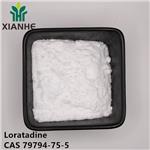
US $0.00/kg2025-04-25
- CAS:
- 79794-75-5
- Min. Order:
- 1kg
- Purity:
- 0.99
- Supply Ability:
- 1000kg
